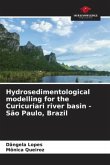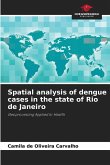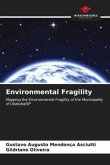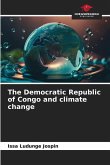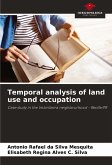Linear erosion is one of the forms of water erosion that causes land degradation through furrows and gullies that reach the advanced stage of gullies. When there is no human intervention, they lead to the loss of arable land and Permanent Preservation Areas (PPAs), the interruption of roads, the contamination of watercourses and also become areas at risk of landslides, accidents and animal deaths. Furthermore, in agricultural areas, they generate excessive costs for municipalities and farmers, in terms of chemical nutrients and working hours, with the use of machinery to maintain roads and crops. This research proposes an analysis of the conditioning factors of the environment (geology - lithology and structure, geomorphology, soil types and land use) in relation to the occurrence of linear erosion processes (gullies/voçorocas) in the municipality of Chuvisca, Rio Grande do Sul, Brazil.
Bitte wählen Sie Ihr Anliegen aus.
Rechnungen
Retourenschein anfordern
Bestellstatus
Storno


